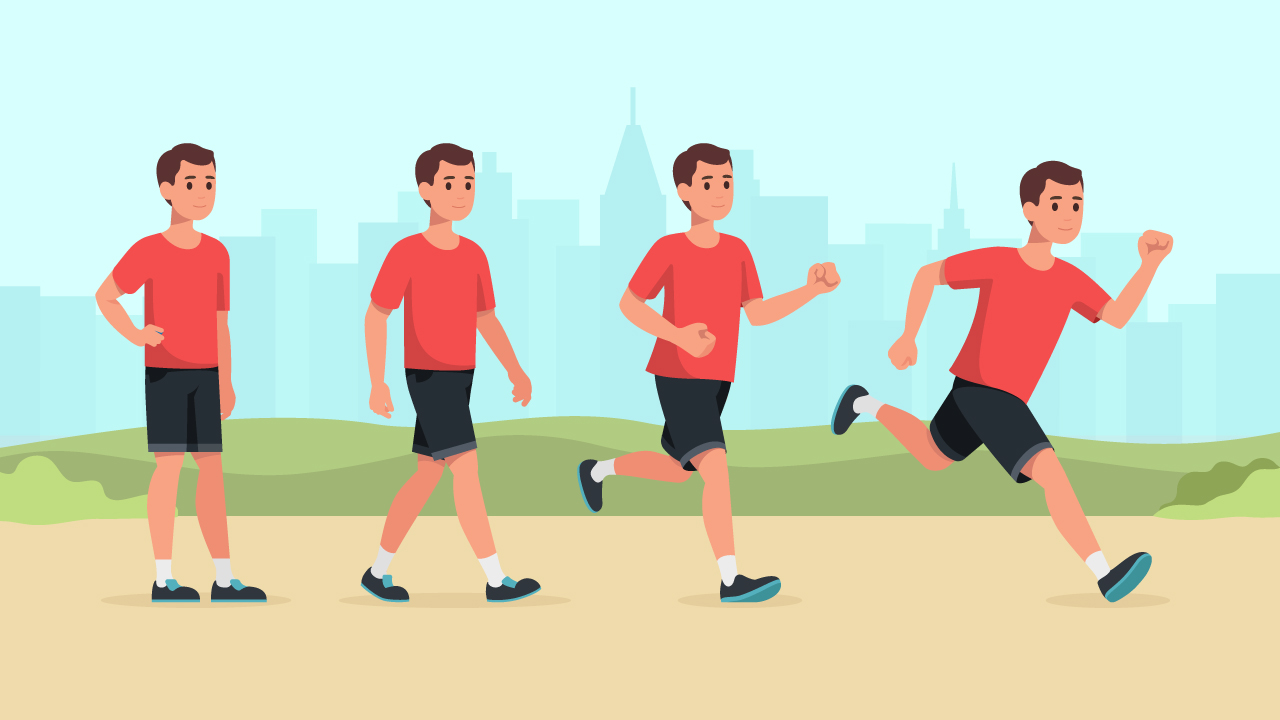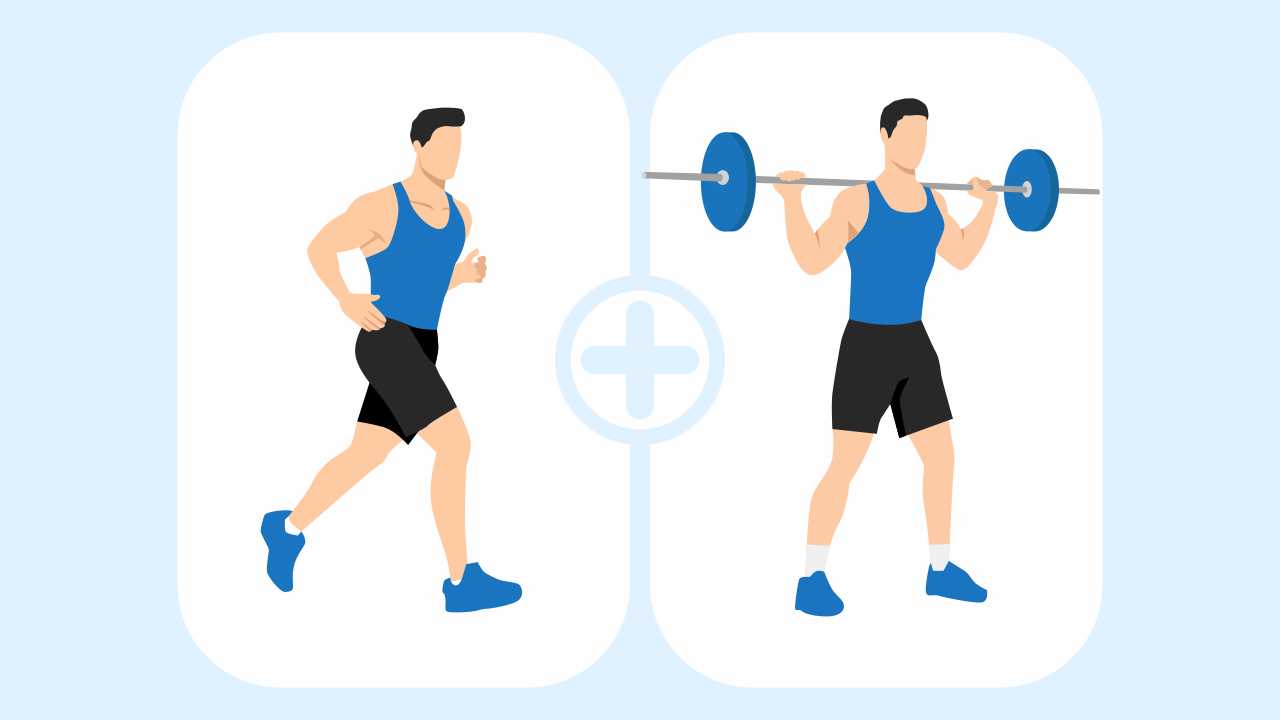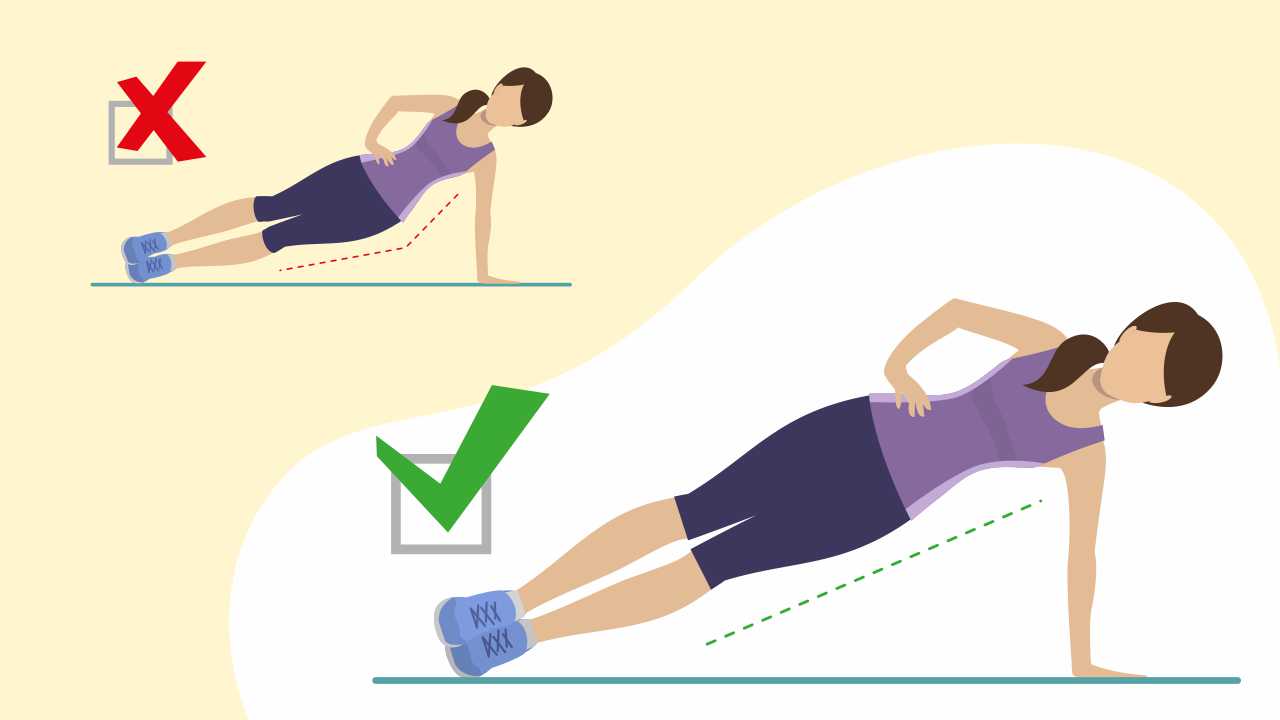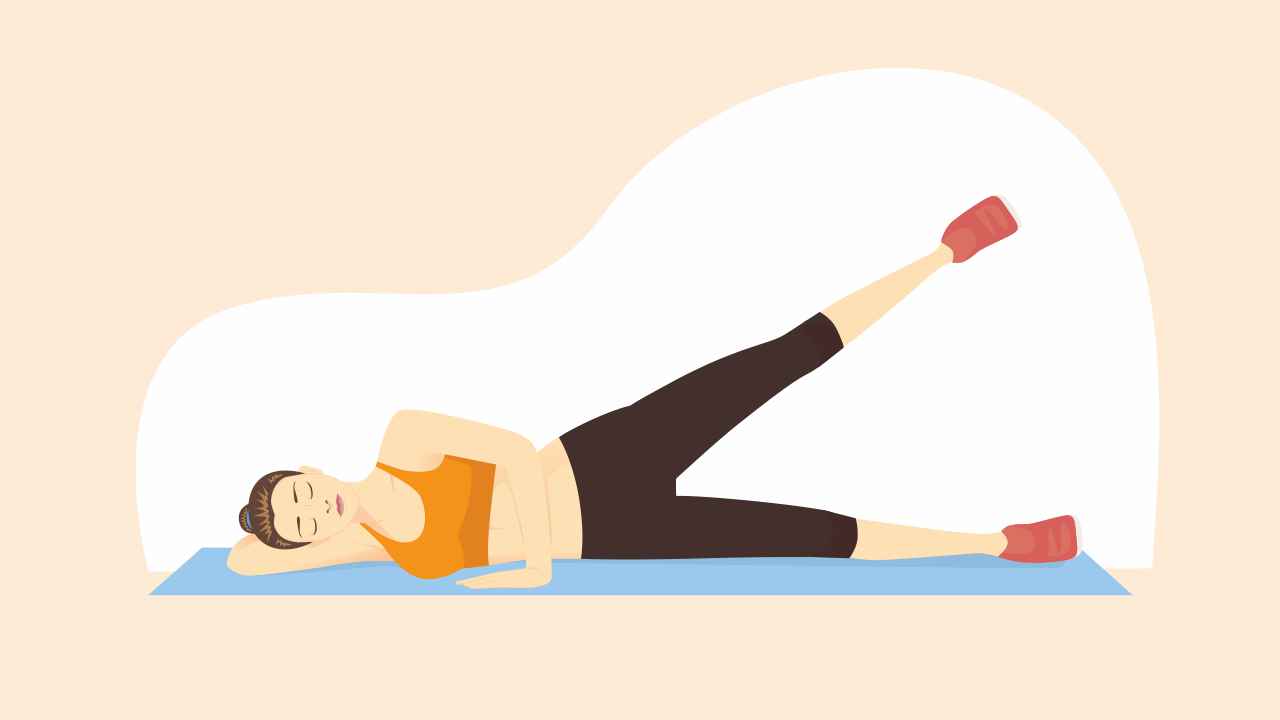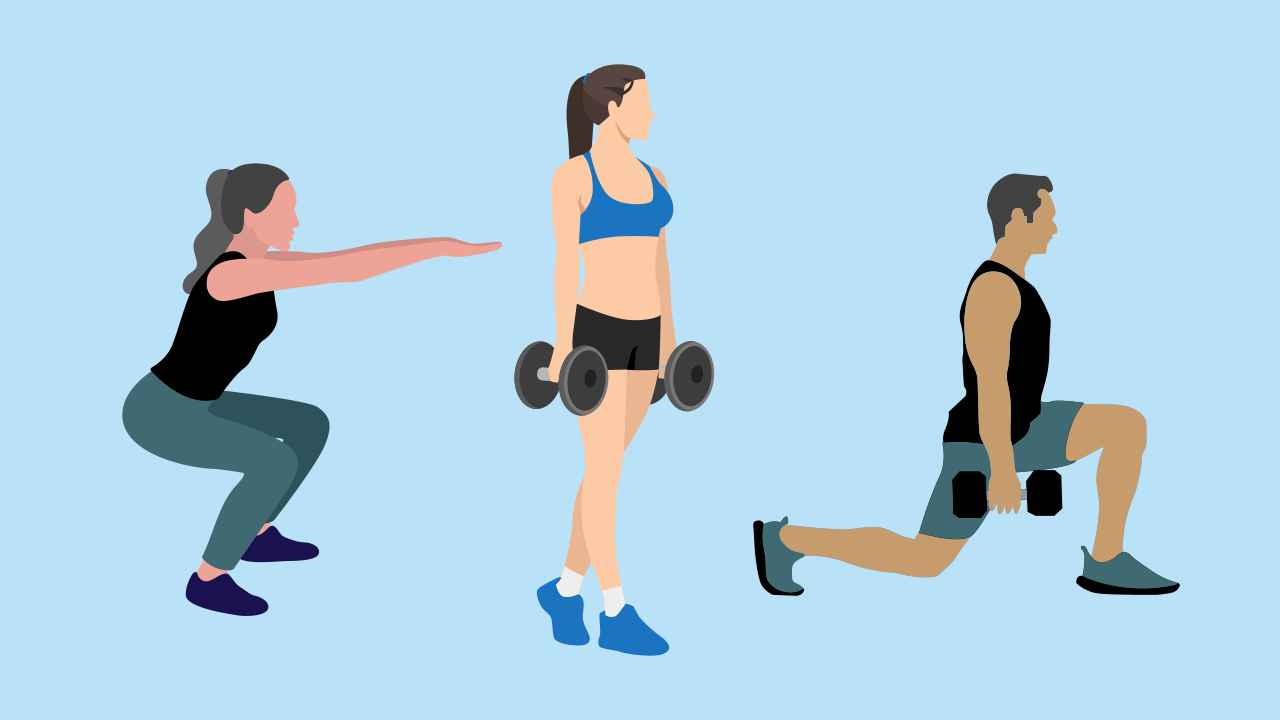
Why Is Rest Important in Training?
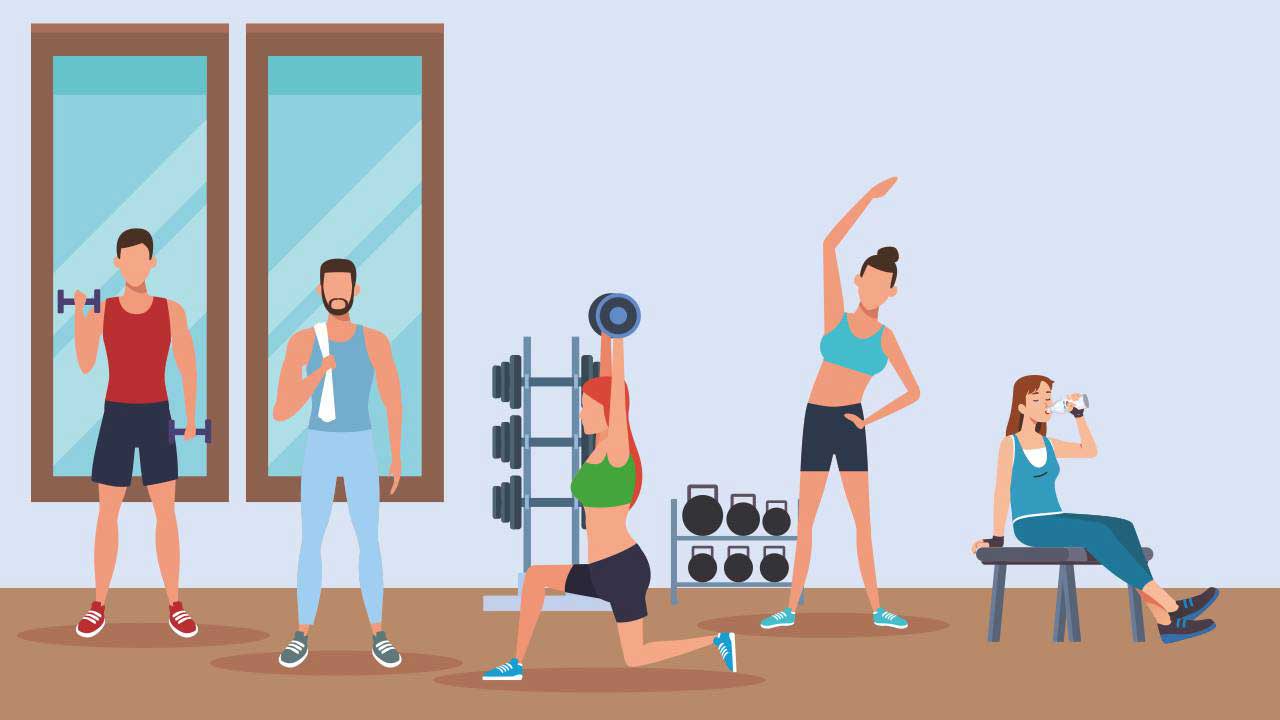
A large part of sound training involves periods reserved for optimum recovery. Adequate rest between sets during working out is called intra-training rest, and between training sessions is called intertraining rest. They allow the body to recover from the physical and mental stresses of training, prepare it for the next session, ensure optimal performance, and reduce the risk of injuries. Collectively these factors allow you to realize your training goals, and progress to new ones. Neglecting recovery can be a significant barrier to achieving optimal results.
Skeletal muscle is extraordinarily capable of adapting to loads, in this case, training load. Strategic progressive training results in an increase in muscle size and strength. In the presence of sufficient load, anabolic mechanisms promote muscle protein synthesis, which aids in the increase in the size of muscle fibers (hypertrophy). One of the variables to promote muscle hypertrophy and improve performance is rest.
Intra-training rest
Research suggests that longer rest periods of between two to five minutes provide greater benefits when it comes to goals associated with strength. It is also recommended that in order to achieve hypertrophy, longer rest periods between sets are significantly more beneficial than short rest intervals.
Longer rest periods (two to five minutes) between sets allow for adequate recovery, consequently ensuring completion of a number of repetitions with good form. It also allows you to maintain the desired training intensity for the planned amount of time.
Your rest intervals depend a great deal on your training intensity. For example, if you are training at 50% of your one-Repetition Maximum (RM) and taking three to five minutes between your sets, you won’t experience any benefits because your training load is simply too low to elicit any performance improvements. RM is the maximum amount of weight you can lift for one repetition.
Also read: The Science of Training: Principles and How to Apply Them
For beginners, time to recover will be longer between sets. However, as you progress, you will have quicker recovery, and so you can adjust your interval periods accordingly. Rest intervals of two to three minutes should be optimal for most individuals when training between Rating of Perceived Exertion (RPE) 6-RPE 10. RPE refers to the measuring of physical activity intensity level.
Intertraining rest
Even elite athletes spend more time in recovery than in active training. Yet, recovery is one field that is not completely explored and understood.
To recover is the ability to meet or exceed performance in a particular activity or sport. The time between two training sessions is termed as training recovery, which is the period between the end of one workout and the start of the next.
Inadequate recovery between training sessions results in impaired and/ or reduced performance, increased risk of injuries, and diminished results. On the other hand, optimal recovery and speeding the rate of recovery between training sessions ensure optimal performance, and improves total work capacity.
The main objective of training recovery is to overcome and reverse all the factors associated with mental and physical fatigue. The ideal duration of training recovery depends on factors such as training experience, total volume, and intensity of training. Most research across various sports such as powerlifting, weightlifting, cycling, long-distance running, swimming, and sprinting suggests that in most cases, 48 hours of training recovery is adequate for recovering from a training session.
Case for active recovery
So, what do you do in your recovery period? Do you just sit back, watch TV, and eat, or do you still perform some physical activity?
Active recovery is more effective in reducing lactate concentration (a physiological marker, high levels of which results in reduction in training intensity), and improving performance in the following training session.
In real-life situations, it is impractical to measure blood lactate levels. Also, there is literary evidence stating the self-paced active recovery is just as beneficial as one controlled in a laboratory.
Self-paced aerobic activities such as swimming, jogging, mixed terrain walk, performed at around 50%-60% of maximal effort is beneficial in promoting recovery. What activity you choose would largely depend on your training or sports-specific goals. For example, leisurely swimming is a popular choice amongst cyclists, weightlifters and powerlifters.
Other Elements of Training Recovery
- Sleep: Make sure to get sound sleep for seven to eight hours
- Nutrition: Provide your body with optimal amounts of macro and micronutrients as they fuel growth and recovery
- Hydration: Drink adequate amounts of water as it is involved in various vital functions of the body
- Alcohol: Consuming alcohol can hinder recovery and impair performance.
- Stress: High levels of stress can disturb the internal environment of the body (homeostasis), increase the risk of injuries, and impede recovery.
So, the next time you find yourself asking what to do on your rest day, know that getting some active recovery is significantly better than just lazing around.
References
1. Willardson J, Burkett L. The Effect of Different Rest Intervals Between Sets on Volume Components and Strength Gains. J Strength Cond Res 2008; 22: 146–52.
2. Schoenfeld B, Pope Z, Benik F, et al. Longer Interset Rest Periods Enhance Muscle Strength and Hypertrophy in Resistance-Trained Men. J Strength Cond Res 2016; 30: 1805–12.
3. Bishop P, Jones E, Woods A. Recovery From Training: A Brief Review. J Strength Cond Res 2008; 22: 1015–24.
4. Mota M, Dantas R, Oliveira-Silva I, et al. Effect of self-paced active recovery and passive recovery on blood lactate removal following a 200 m freestyle swimming trial. Open Access J Sports Med 2017; 8: 155–60.
5. Van Hooren B, Peake J. Do We Need a Cool-Down After Exercise? A Narrative Review of the Psychophysiological Effects and the Effects on Performance, Injuries and the Long-Term Adaptive Response. Sports Med 2018; 48: 1575–95.
6. Yamagishi T, Babraj J. Active Recovery Induces Greater Endurance Adaptations When Performing Sprint Interval Training. J Strength Cond Res 2019; 33: 922–30.
7. Corder K, Potteiger J, Nau K, et al. Effects of Active and Passive Recovery Conditions on Blood Lactate, Rating of Perceived Exertion, and Performance During Resistance Exercise. J Strength Cond Res 2000; 14: 151–6.


